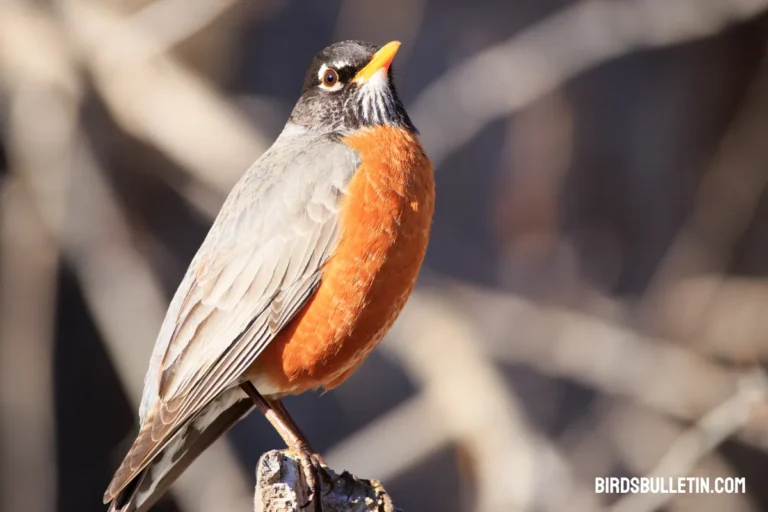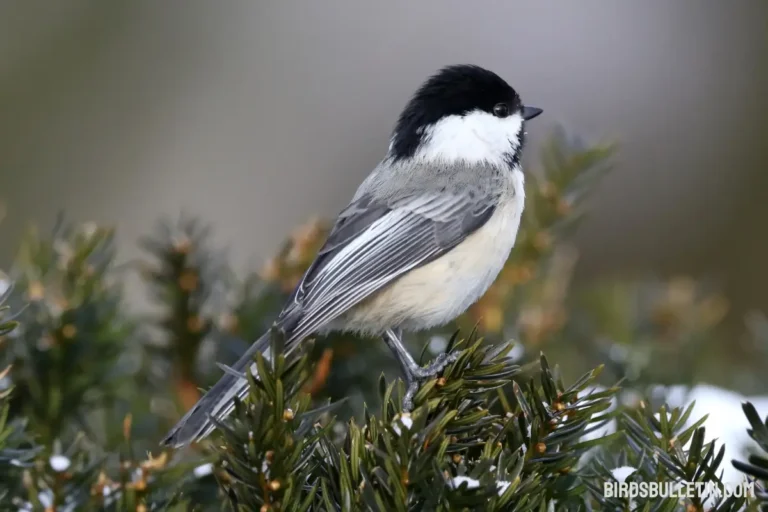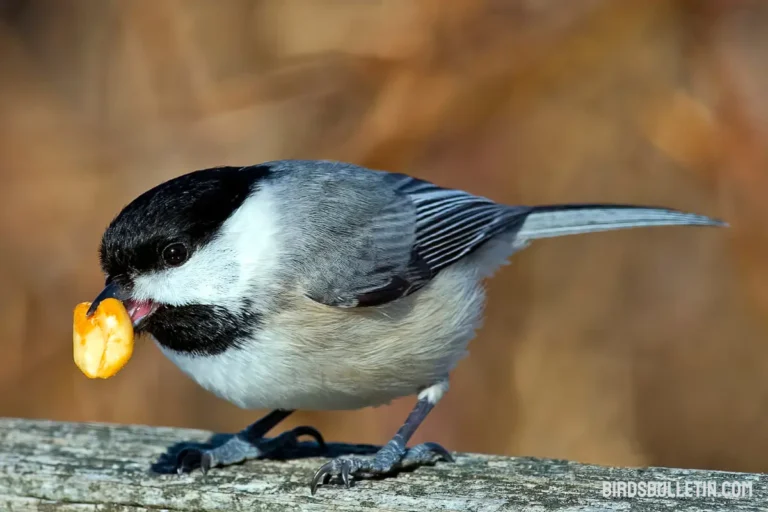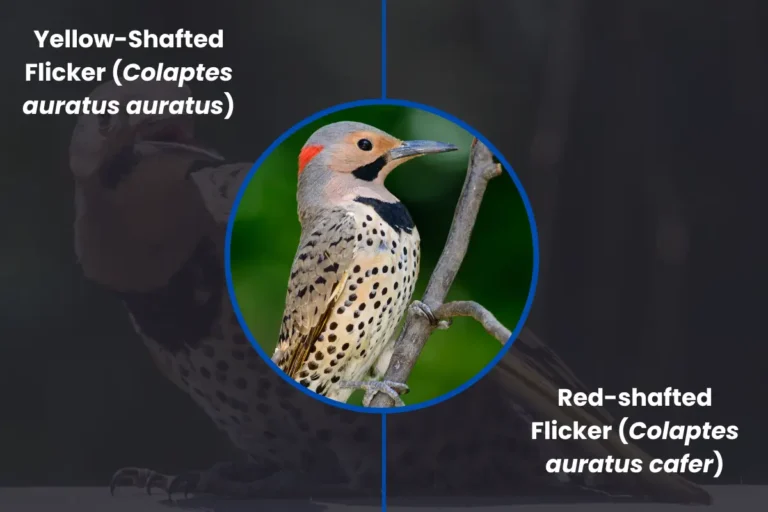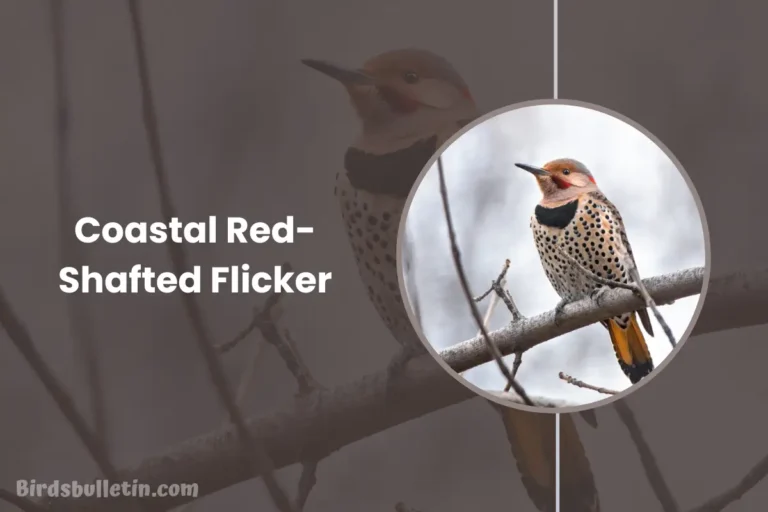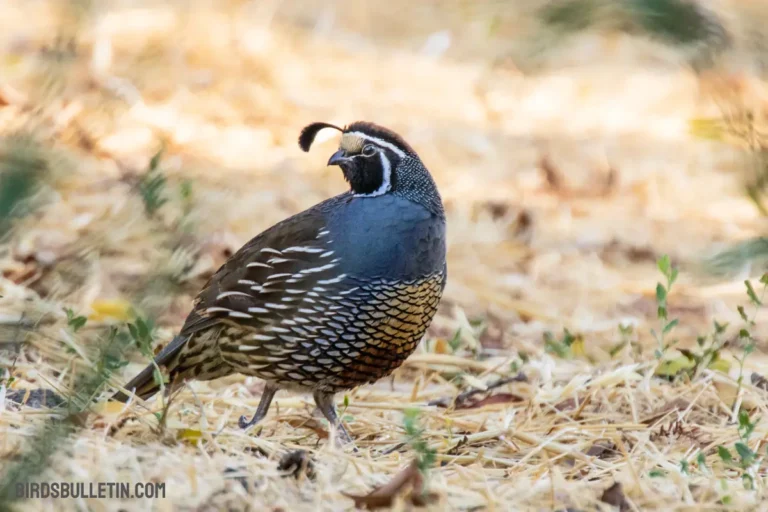Lagopus Lagopus Lagopus (Linnaeus, 1758)
This subspecies of ptarmigan is native to the cold regions of Scandinavia, Finland, and northern Russia. Its scientific name, given by Linnaeus in 1758, reflects its unique adaptation to these chilly environments.
This overview digs into the scientific classification, identification, habitat, conservation status, and interesting facts about this fascinating bird species.
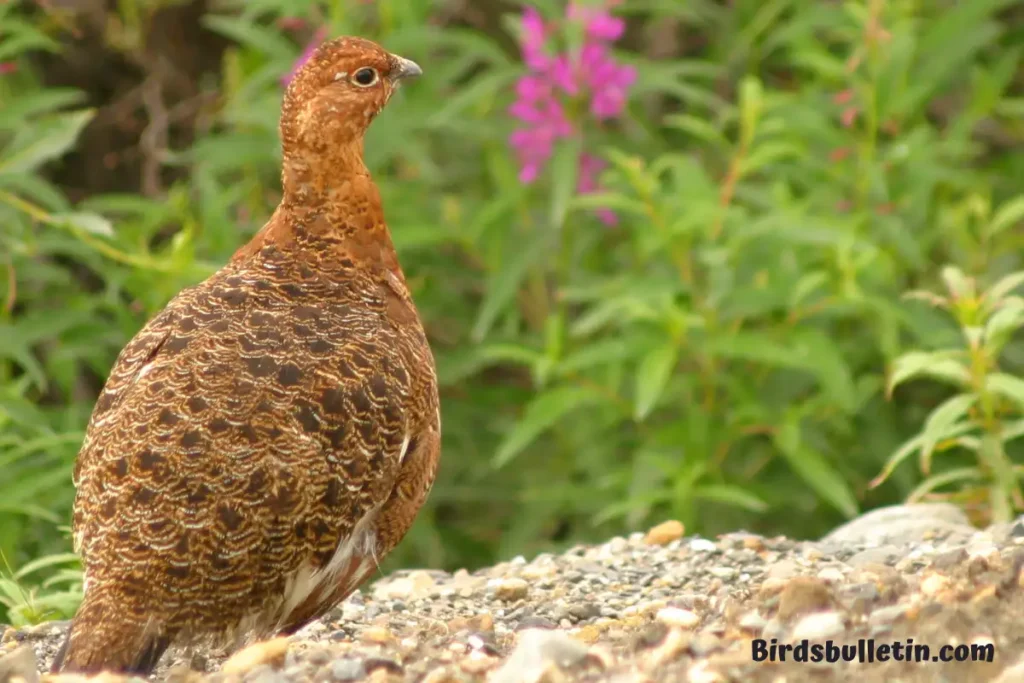
Looking for more overview about bird subspecies:
Scientific Classification
- Kingdom: Animalia
- Phylum: Chordata
- Class: Aves
- Order: Galliformes
- Family: Phasianidae
- Genus: Lagopus
- Species: Lagopus lagopus
- Subspecies: Lagopus lagopus lagopus (Linnaeus, 1758)
Identification
The willow ptarmigan, Lagopus lagopus lagopus, is recognized for its mottled brown plumage, which serves as effective camouflage in its natural habitat. During winter, both males and females exhibit white feathers, blending seamlessly with snow-covered landscapes. Their small size, feathered feet, and distinctive white winter plumage make them easily identifiable.
Location
L. l. lagopus inhabits Arctic and subarctic tundra from Scandinavia through northern Russia. Its range spreads across Norway, Sweden, Finland, and northern European Russia. It occurs in both lowland and alpine tundra habitats.
Interesting Facts
During the breeding season, males display vibrant red combs above their eyes, enhancing their attractiveness to females. These birds are known for their sedentary behavior, often remaining in their habitats year-round due to their ability to find food even in snow-covered environments.
Status
This willow ptarmigan has a relatively stable global population but faces some regional threats from habitat loss and hunting pressures. Its remote tundra habitat provides protection, and it is not currently considered a threatened subspecies.
Conservation of Natural Habitat
Protecting intact tundra habitat is important for conserving L. l. lagopus populations. Limiting development and disturbance in sensitive Arctic regions helps reduce pressures. The subspecies occurs across protected areas in Fennoscandia and Russia.
Frequently Asked Questions
01. How does the willow ptarmigan survive cold northern winters?
Thick insulating plumage, fat reserves, and the ability to burrow into snow allow it to endure freezing Arctic winters.
02. Why does the willow ptarmigan’s plumage change colors?
White winter plumage provides camouflage while brown summer plumage blends into the tundra as snow melts. This helps conceal the birds year-round.
03. What is the main prey of the willow ptarmigan?
Its diet consists primarily of willow twigs and buds in winter. It also eats leaves, seeds, berries, and insects during the summer.
Summary
This subspecies of ptarmigan is well-adapted to survive in the harsh Arctic climates of northern Europe and Russia. With its cryptic plumage and feathered feet, it is equipped to handle frigid winters and thrive in this ecosystem. Ongoing conservation initiatives aim to maintain stable ptarmigan populations.


